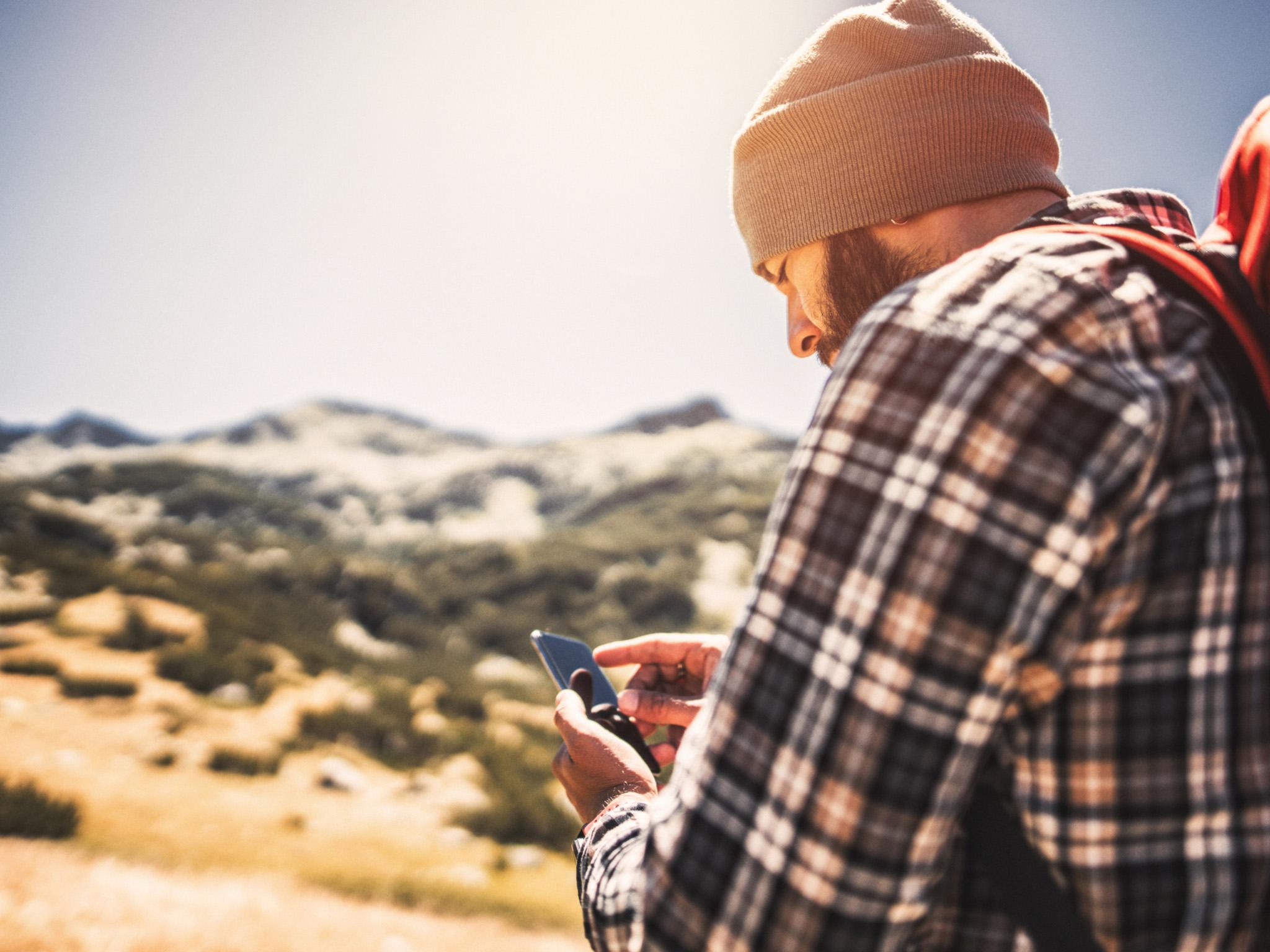Show me the way to go... anywhere I want
Obsessed with perfect paths and tucked-away tracks, Will Gore ponders the value and aesthetic of the humble map


What are maps for? To help us explore, or simply to act as a route planner?
As a literary device, maps offer the perfect means by which protagonists make discoveries or uncover mysteries. The creation of a map can even be an end in itself, especially in children’s fiction. Arthur Ransome’s Swallows and Amazons became ever more proficient at map making – they were as much professional surveyors as they were child sailors by the time their series of stories had come to an end.
For past generations of Britons, maps were objects of imperial pride; evidence of British influence around a world that had been brought to heel, recorded and civilised by the nation’s armies, explorers, missionaries and men of business.
That colonial outlook may have gone, replaced by the era of globalisation – in which horizons are no less expansive but in which there is a lesser sense of discovery; we engage, rather than explore.
Other change has come more recently. Even 20 years ago, when satellite navigation was something of a novelty, a car journey into unknown territory would require both a map, and the ability to read it. That is no longer so. Tell your phone where you want to go and it will take you on the quickest route with no questions asked. All you need to do is follow the path of least resistance.
The result of all this is that we tend to see maps only in the context of providing us with a way to get from A to B. On satnav screens we are a little blob following an arrow, turning left or right as directed – but with no real sense of place. We can even rely on satellites to guide wild walks.
What would the men and women of the Ordnance Survey make of it; especially those who battled the elements to survey the 2,529 mountains of Great Britain? Given that map-making is a science, they might well marvel at the advances we’ve made in technology; but since it is also an art form they might wonder whether all those carefully recorded contour lines are getting the attention they deserve.

Maps, after all, should be pored over, examined for what they can tell us about our surroundings – about geography and about history too. Spend an hour with an “OS Explorer” of your local area and you’ll understand how towns developed over time; how railways came and went; how farming dominates so many rural landscapes – all quite aside from the natural features of the land. Maybe I spend too much time staring at maps, daydreaming of places I have not seen but which I can imagine. On the other hand, there are Iron Age hill forts, peculiarly deep valleys and tucked away woods that I would not have visited had I not first noticed them – unheralded – on a map.
Not that maps are the be-all and end-all.
On a mountain, in dense fog, a piece of paper covered with a lot of squiggly lines might as well be blank for all the help it offers. Orienteering requires, as a base level, not being disorientated – which in turn requires one of two things: being able to see, or knowing the direction in which you’re travelling.
So by all means love maps. But carry a compass too. I have learned that, almost to my cost.
Join our commenting forum
Join thought-provoking conversations, follow other Independent readers and see their replies
Comments